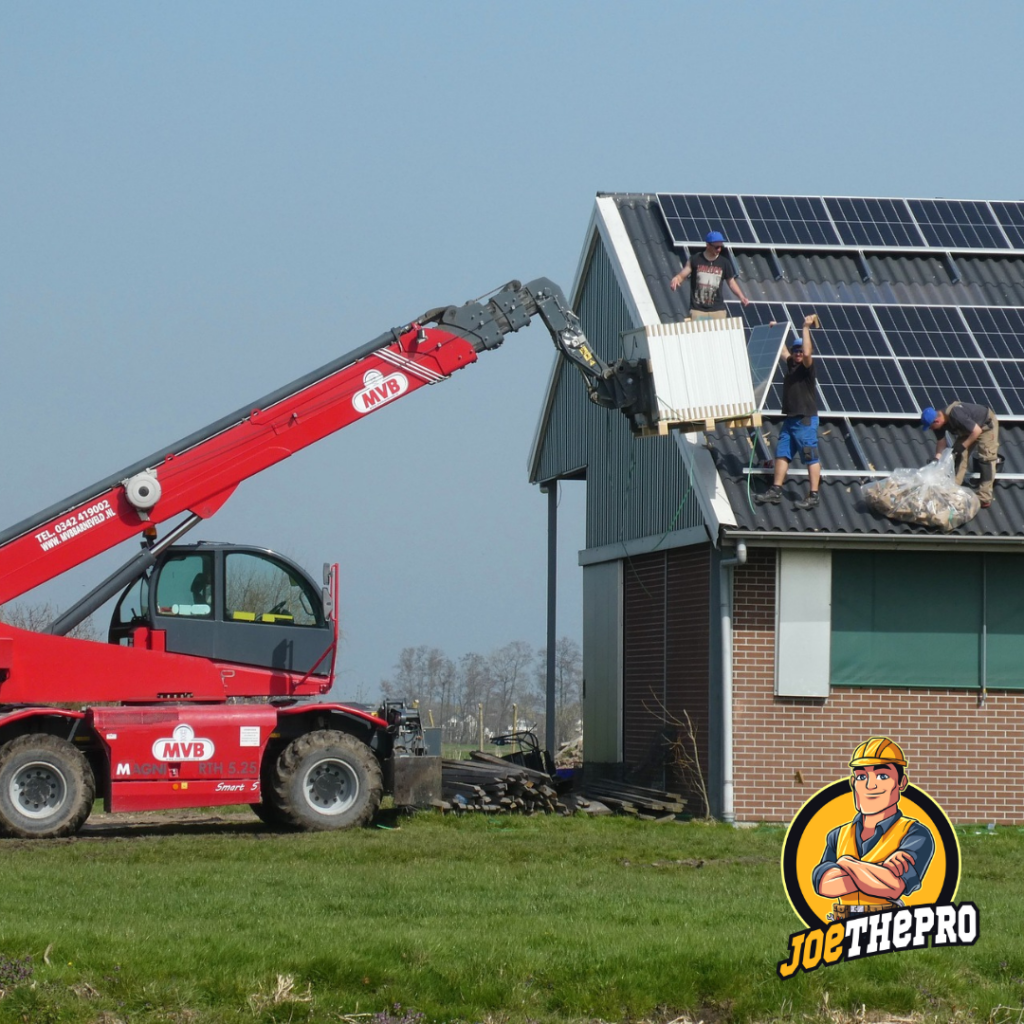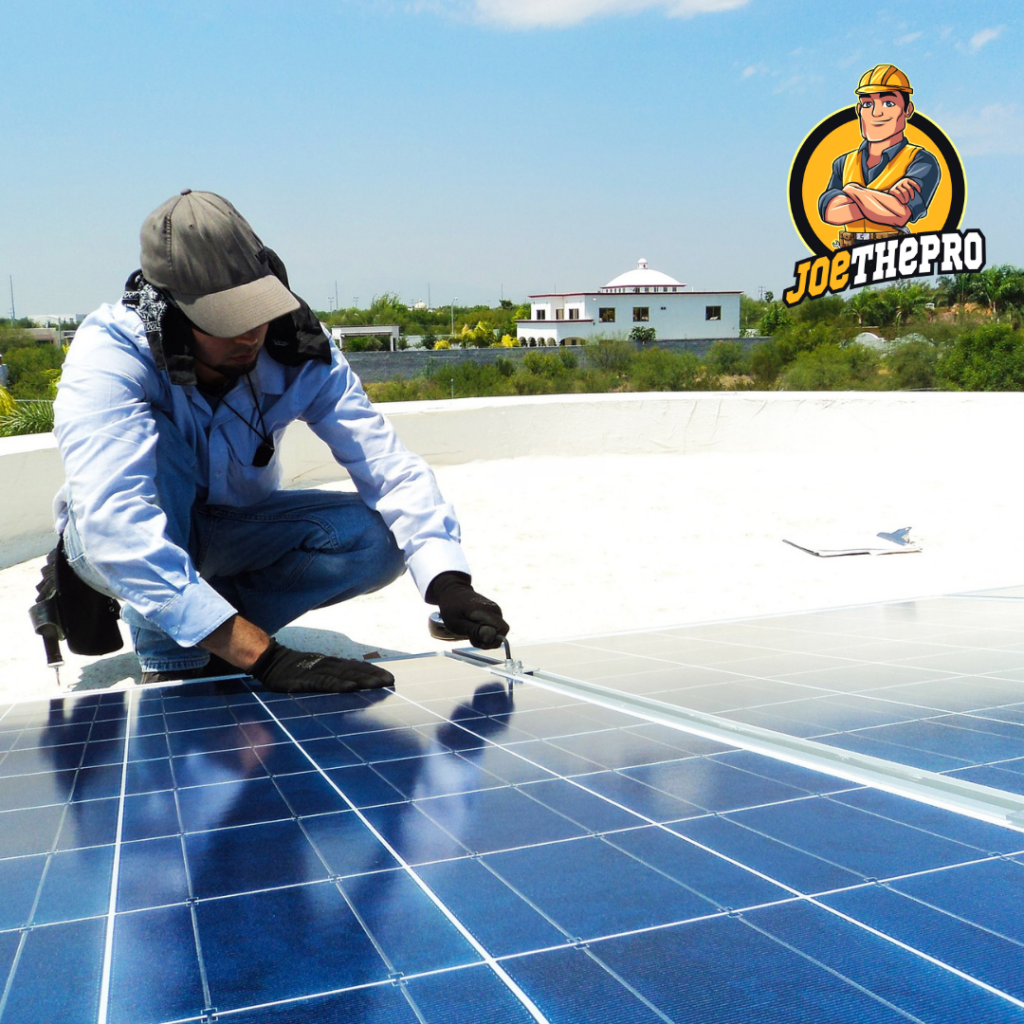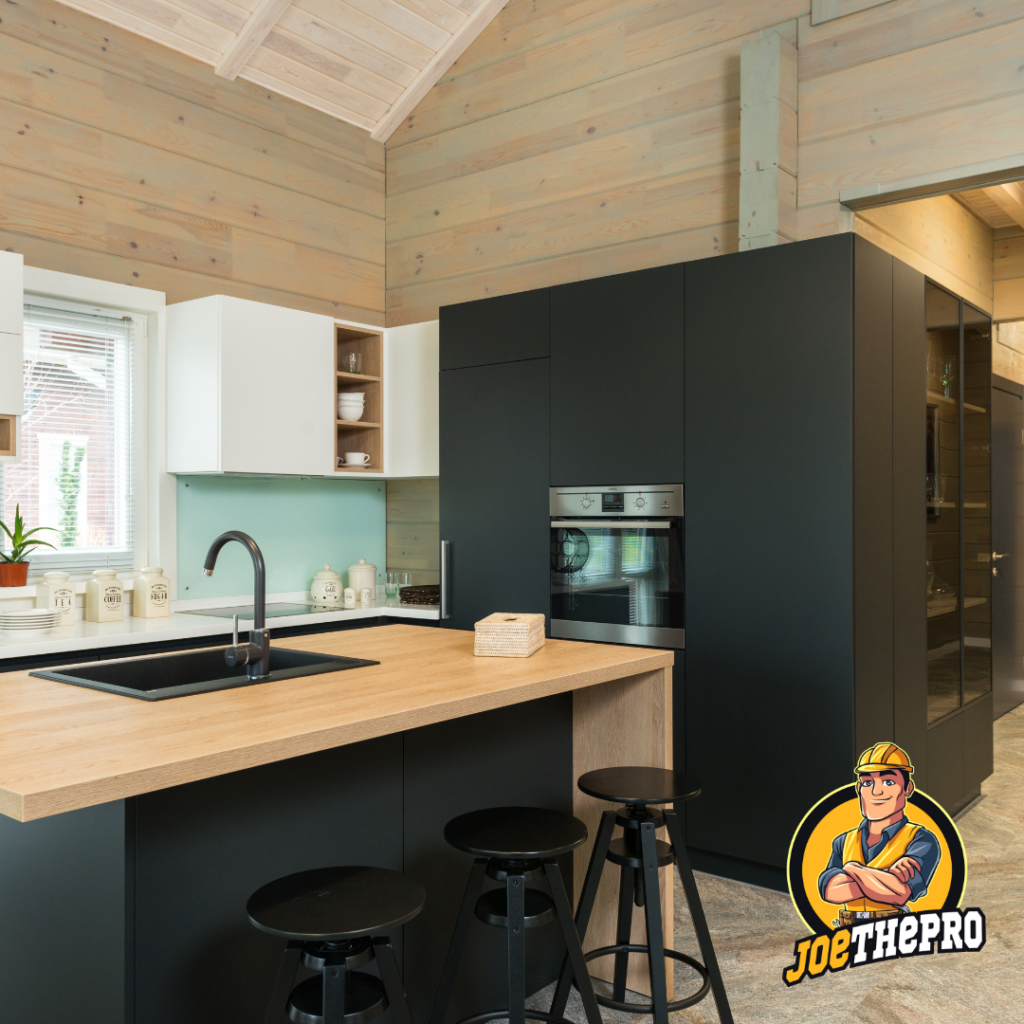
Solar energy is the future of renewable energy. With the rising popularity of solar panel installations, it’s important to understand the science behind how they work. In this blog post, we’ll dive into the basics of solar technology and explain why it’s such a great power source for homes and businesses. If you’re considering going solar, and wondering how it works, get ready to delve into the science behind solar panels and what makes them so efficient.
How Solar Panels Work

Solar panels work by converting sunlight into electricity. This process is called the photovoltaic (PV) effect. When photons from the sun hit a solar panel, semiconducting materials made of silicon or gallium arsenide absorb them. These particles that make up the panel will then create an electrical field, releasing electrons, and creating a flow of electricity that can be used to power your home or business.
The amount of power generated by a single solar panel depends on several factors, including size, efficiency, and location. The size of a solar panel determines how much space it takes up on your roof or property; its efficiency refers to how well it can convert sunlight into usable electricity, and its location affects how much sunlight it receives throughout the day.
The Benefits Of Solar Energy

Using solar energy has many benefits. It helps reduce our dependence on fossil fuels which are not only damaging to our environment but are becoming increasingly expensive as they become more scarce over time. Additionally, using renewable energy sources such as solar power reduces greenhouse gas emissions and helps us move towards a cleaner future. Finally, solar energy can help save you money in the long run with lower electricity bills and potential tax credits from your state or local government.
Solar Technology Development
Solar technology has seen major advances in recent years with increased efficiency and decreased cost of production for both residential and commercial systems. In addition to the traditional PV cells used in most systems today, newer technologies, such as Concentrated Photovoltaic (CPV) systems, use lenses or mirrors. These developments concentrate sunlight onto small areas of highly efficient PV cells that can generate more electricity at a lower cost than traditional PV cells.
Conclusion
So there you have it! With advancements in technology making solar installations more affordable than ever, combined with its numerous benefits for our environment, now is a great time to consider going solar if you haven’t already done so. From understanding how solar panels work to appreciating the benefits of using renewable energy sources like solar power, we hope this guide has helped get you one step closer to making the switch. Need help making a switch, our team of professional solar installers can set up your panels and assist you go solar.
